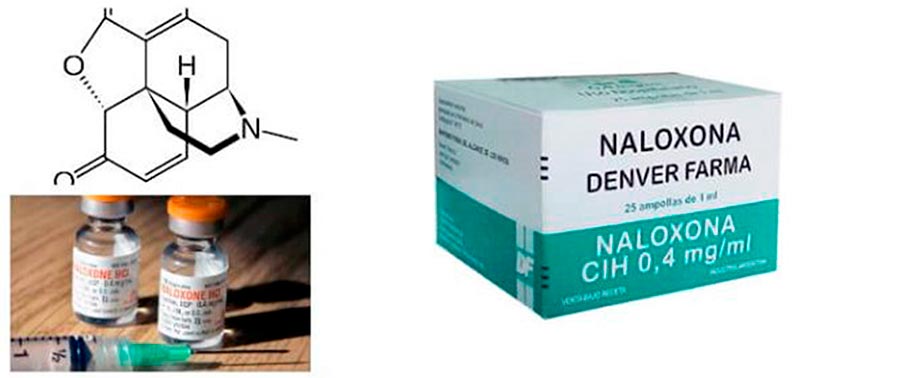Imagine a scene of frantic activity – a loved one showing signs of an opioid overdose. Every second counts. In such emergencies, a medication called Naloxone can be a life-saving intervention.
But how does Naloxone fit into the larger picture of opioid addiction treatment? This article dives into the crucial role Naloxone plays during the detoxification process.
Naloxone Training Porgram: Enroll for Life-Saving Education Now!

Understanding Naloxone and Its Mechanism
Naloxone, often known by its brand name Narcan, is an emergency medication designed to quickly counteract the life-threatening effects of an opioid overdose. It achieves this by binding to opioid receptors in the brain, blocking and reversing the effects of opioids such as heroin or prescription painkillers, thereby restoring normal breathing and consciousness.
Naloxone in the Context of Withdrawal
Can naloxone be used for withdrawal?
While naloxone is primarily used for reversing overdoses, it’s crucial to note that it is not specifically designed to treat withdrawal symptoms.
Why isn’t naloxone a primary withdrawal medication?
Naloxone can precipitate withdrawal, meaning it can immediately bring on withdrawal symptoms in someone dependent on opioids. Hence, using it as a withdrawal management tool might not be ideal.
The Importance of Naloxone Training
Why is naloxone training essential?
With proper naloxone training, individuals can effectively save lives during an opioid overdose situation.
Who can be a naloxone trainer?
Typically, health professionals and individuals certified in a naloxone training program can become trainers.
What does a naloxone training program cover?
These programs equip participants with knowledge on the administration of naloxone, recognizing overdose symptoms, and ensuring the safety of both the victim and the responder.
Alternative Methods for Managing Withdrawal
If not naloxone, then what?
Several other medications, such as methadone and buprenorphine, are designed to help manage opioid withdrawal symptoms more safely and effectively.
Importance of medical supervision
Withdrawal from substances, especially opioids, should always be done under the guidance of medical professionals to ensure safety.
Risks of Self-Medicating with Naloxone
The potential dangers
While naloxone is a lifesaver in overdose situations, its misuse can bring about rapid and intense withdrawal symptoms, causing more harm than good.
Always consult a professional
Before using any medication for withdrawal, always seek the advice of a medical professional to avoid unforeseen complications.
Conclusion: Demystifying Naloxone’s Role in Withdrawal
So, is naloxone the key to managing withdrawal? The short answer is no. While it’s an invaluable tool in the fight against opioid overdose, its role in withdrawal is limited and can be counterproductive. For anyone battling addiction or seeking answers for a loved one, always turn to professionals who can provide safe and effective solutions. Remember, while naloxone is a beacon in overdose situations, withdrawal requires a different kind of light.
